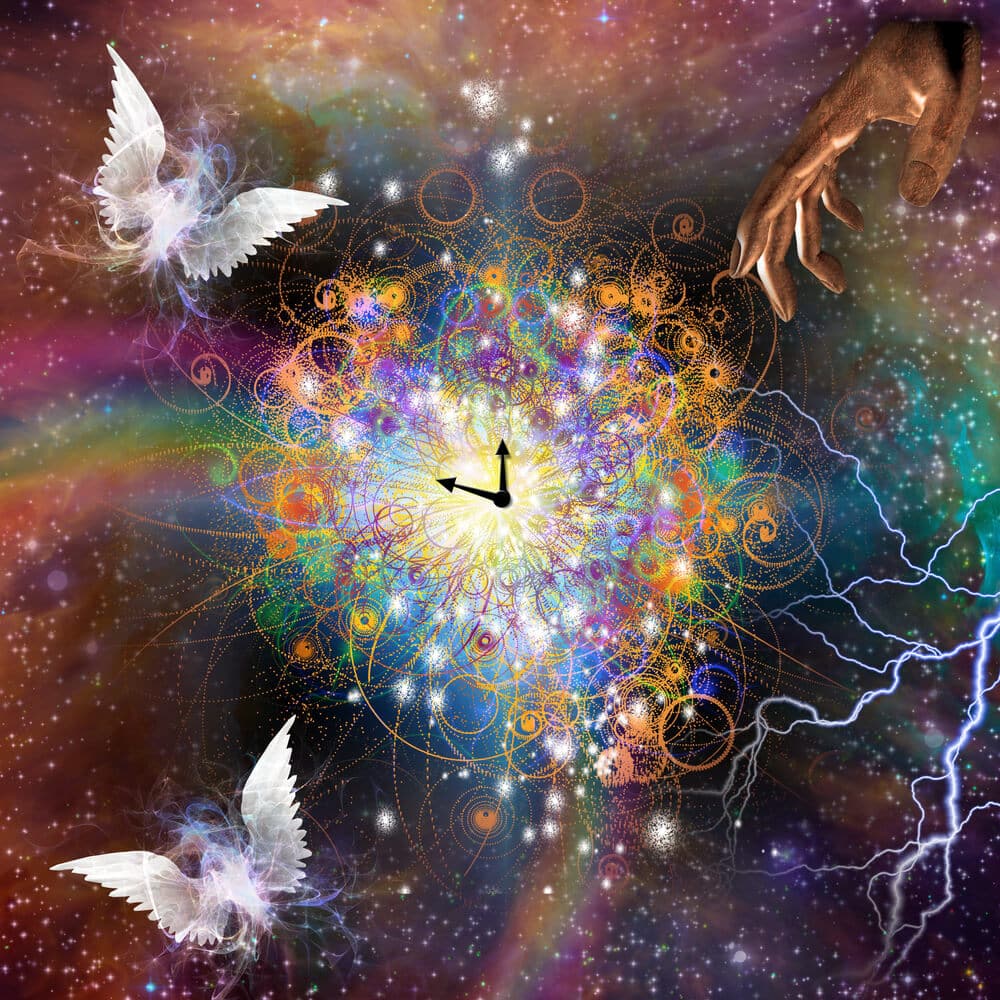The first PlayStation was an amazing video game, one of the most important products in the entertainment industry, but along with its success came an annoying side effect: the obsession with 3D games. As sales of Sony’s first console soared, both the public and companies seemed to only have eyes for polygons, but one project would dare to challenge that trend and its name would later reveal itself as Castlevania: Symphony of the Night.
Credit: Disclosure/Konami )
The year was 1994 and although the 16-bit generation was nearing its end, Konami asked Toru Hagihara to develop a new chapter of one of its main franchises for the 32X, that add-on for the Mega Drive and who never said where he came from. Hagihara had been the director of Dracula X: Rondo of Blood and to help him in the development, he called in Koji “IGA” Igarashi, who would have a strong creative influence in the creation, in addition to participating of the programming and sign the script alongside Toshiharu Furukawa.
Baptized as Castlevania: The Bloodletting, a preliminary playable version for it came to be created, but according to Igarashi, the team didn’t make much progress because Konami executives decided to change the development policy, focusing on the new console that Sony was about to put on the market.
But while that platform swap didn’t result in a Castlevania 3D, that’s not to say that profound changes haven’t been made to the project. Due to the small storage capacity present in the cartridges, until then it was common for companies to artificially increase the duration of games by implementing a high level of difficulty, but with the arrival of CDs, that strategy could be left aside.
Konami in turn believed that too short or too difficult games could alienate a larger audience and taking advantage of that new media, the people responsible for that Castlevania began to think about ways to make it last longer. Well, that’s when something very important happened.
Credit: Reproduction/ Zovni/MobyGames 
Invited to head the games division of Konami, Hagihara asked Iga to continue the project as assistant director and as such, he became much more influential in the development.
Looking back at the franchise, more precisely at the biggest freedom present in Castlevania II: Simon’s Quest and for titles like Super Metroid, the team led by Koji Igarashi decided that the best solution would be escape from linearity and break with some conventions adopted by the series itself.
The main idea was to motivate people to continue playing the new title, something that did not happen with the previous chapters and one of the ways they found to do that would be by adopting elements from RPGs. With the character evolving as we progressed, new weapons could be found and spells unlocked, Iga believed this would make the adventure less challenging, thus allowing even less skilled players to have fun.
“I wanted to change the impression that Castlevania was a difficult game,” declared Igarashi. “When we decided to adopt RPG elements, we agreed that players deserved something good when they defeated enemies. So I thought of Experience Points. I thought that even players who weren’t good at action games might be able to finish it if I adopted this system.”
In addition, by abandoning the level system and focusing on exploration, the public would be more interested and for that the game designer sought inspiration in another Nintendo franchise, The Legend of Zelda. As with it, having to return to places we had previously visited would be common in the new Castlevania, with the skills and equipment we acquired being essential to access certain areas.
But while some didn’t like the ease of difficulty, making it possible to have an extremely strong character in the final part of the story, others were fascinated by the many secrets hidden in that game. From simple secret passages to discovering items that would give us access to an inverted version of the castle, the way he encourages us to keep exploring was a beautiful example of a very well done level design.
Credit: Reproduction/Digital Frontiers/ArtStation
“Die, monster! You don’t belong in this world!”
And since they were determined to make the title represented a new direction for the series, why not completely change its protagonist? The natural thing would be to take control of a member of the Belmont clan again, but Iga decided to risk it, putting the player in the shoes of Alucard. Son of Dracula with a human, which in Balkan folklore is known as a dhampir, he had already appeared in Castlevania III: Dracula’s Curse, but this time he would be the big star (except perhaps for his father’s own castle).
Later Iga admitted that he was very afraid to change the main character, as he believed that most fans would not accept the fact that the hero does not fight using a whip. However, the fear of the Japanese was not confirmed and today Alucard is among the characters most loved by the public and much of this is due precisely to the flexibility he had to use the most varied weapons in Castlevania: Symphony of the Night .
Because one of the explanations for the gameplay to work so well and give us so many possibilities is in Igarashi’s passion for 2D games. This meant that he spent a lot of time perfecting the combat system, giving it a depth rare to see in titles of the genre, even today, almost 25 years after the release of that classic.

Credit: Reproduction/Digital Frontiers/ArtStation
“Well met, my son! It’s been a long time.”
But if Castlevania: Symphony of the Night shone for its precise and addictive gameplay, its sound and visual part were not left behind. Delivering an impeccable artistic direction, both the scenarios and the characters had an impressive level of detail, the result of the talent of Nobuya Nakazato and the character designer, Ayami Kojima, who made her debut in the world of games and would later work on several others Castlevania.
The soundtrack would be under the responsibility of Michiru Yamane and would be considered by many not only as the apex of the franchise, but as one of the best of all time. Mixing genres like jazz, classical music and gothic rock, that track fit perfectly with the atmosphere of the game and as soon as we set foot in the castle and listened the fantastic track Dracula’s Castle, we are immediately hooked by the outstanding work by Yamane.
Released in Japan in March 1997 and a few months later in the US and Europe, initially the commercial performance of Castlevania: Symphony of the Night it was not good. Without receiving much support from Sony (remember, the company was betting everything on 3D) and with a modest disclosure on the part of Konami, the public did not pay much attention to what some suspected was just another platform game. At that time the world was already enchanted with titles like Super Mario 64, Resident Evil or Final Fantasy VII, making it seem that the creation of Koji Igarashi was a throwback.
However, thanks to the many praises made by the specialized critics and the word of mouth of the players, little by little that Castlevania started to get people’s attention, causing him to receive the deserved recognition. Over time that title even came to be known as the beginning of a sub-genre and although games with its exploration characteristics existed since the 80’s, it was because of Symphony of the Night ) that we adopted the term metroidvania.
The Curious is that despite being grateful for having created this word, Iga himself
I already said that I don’t consider it very accurate. According to him, the intention was to develop a title that looked more like The Legend of Zelda, but his suspicion is that when you take something like Shigeru Miyamoto’s series to a side view in two dimensions, the result ends up reminiscent of Super Metroid.
Anyway, the legacy left by Castlevania : Symphony of the Night was immense. In addition to several chapters released later for the Game Boy Advance and Nintendo DS that repeated its formula, today we have countless metroidvania that are not shy about drinking from their source. However, perhaps the most important was the demonstration given by that project that 2D still had a lot to offer.
Yes, for many years games with this type of gameplay were left aside , having practically gone extinct. On one occasion, back in 2005 Igarashi even stated that he didn’t see much room for titles like this and that the DS seemed to be the last stronghold for 2D. Over time, this prediction proved to be wrong and thanks to digital distribution and the perseverance of the indies, the market was once again filled with this type of production.
Therefore, they probably had no idea about it, But when Toru Hagihara, Koji Igarashi and Konami executives decided to bet on the creation of that project that started on the 32X and ended up on the PlayStation, they weren’t giving life to just a legend, but planting a seed that would somehow change the entire gaming industry. games.
Note: This article has been indexed to our site. We do not claim legitimacy, ownership or copyright of any of the content above. To see the article at original source Click Here














